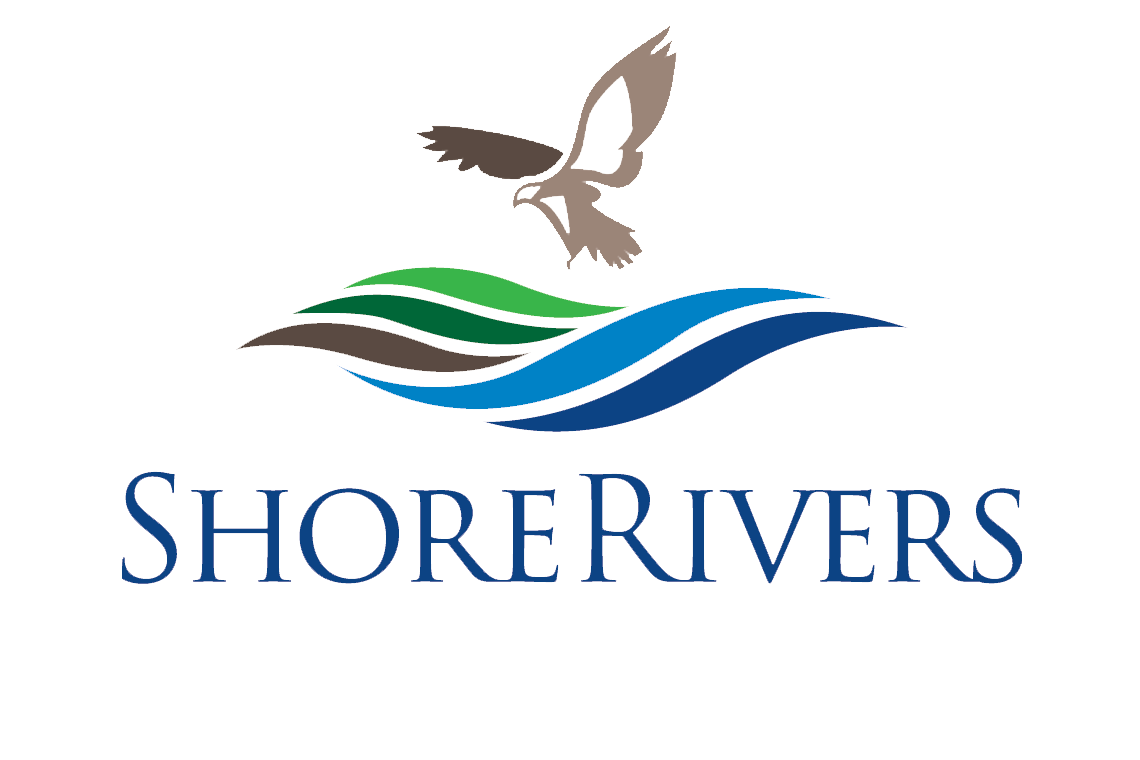Agricultural Conservation Drainage
Purpose: The conservation drainage grant funds a regional scale program that advances the implementation of innovative conservation drainage practices to help reduce sediment, nitrogen, and phosphorus losses from agricultural land that has drain tile lines.
Project: The program enlists a comprehensive approach to retrofit old and failing tile lines with the latest conservation practices in addition to creating a drainage water management plan for each new system to maximize the benefits of the new conservation drainage system.
The premise of the program is to accelerate the implementation of infield and outlet best management practices (BMPs) by incentivizing the farmer through the replacement of the existing drain tile and surface inlet. Old surface inlets will be replaced with new blind inlets, old tile lines will be replaced with new drainage tile, and outlet conservation practices will be installed to eliminate nitrate-nitrogen before discharging to local waterways. To maximize the benefits of the retrofitted systems a unique drainage water management plan will be created to help the landowner actively manage the system. Blind inlets are new practices and to date none have been installed in Maryland. Outlet practices such as water control structures, saturated buffers, and denitrifying bioreactors are very effective at treating nitrogen, but are not widely installed because there is no economic benefit to the farmer. Creating a program that ties these practices to the replacement of an old drain tile line incentivizes the farmer through a direct economic benefit. The improved drainage increases field trafficability in spring (helps dry out fields) as well as increases crop yields by reducing water stress. The end goal is to have in place the framework for a conservation drainage program that can be used to justify the funding of a state run program or through existing cost share options to ensure more projects are funded once this grant concludes.
Estimated Pollution Reductions: 3,456 lbs of Nitrogen, 49 lbs of Phosphorus, and 46,700 lbs of sediment annually.



